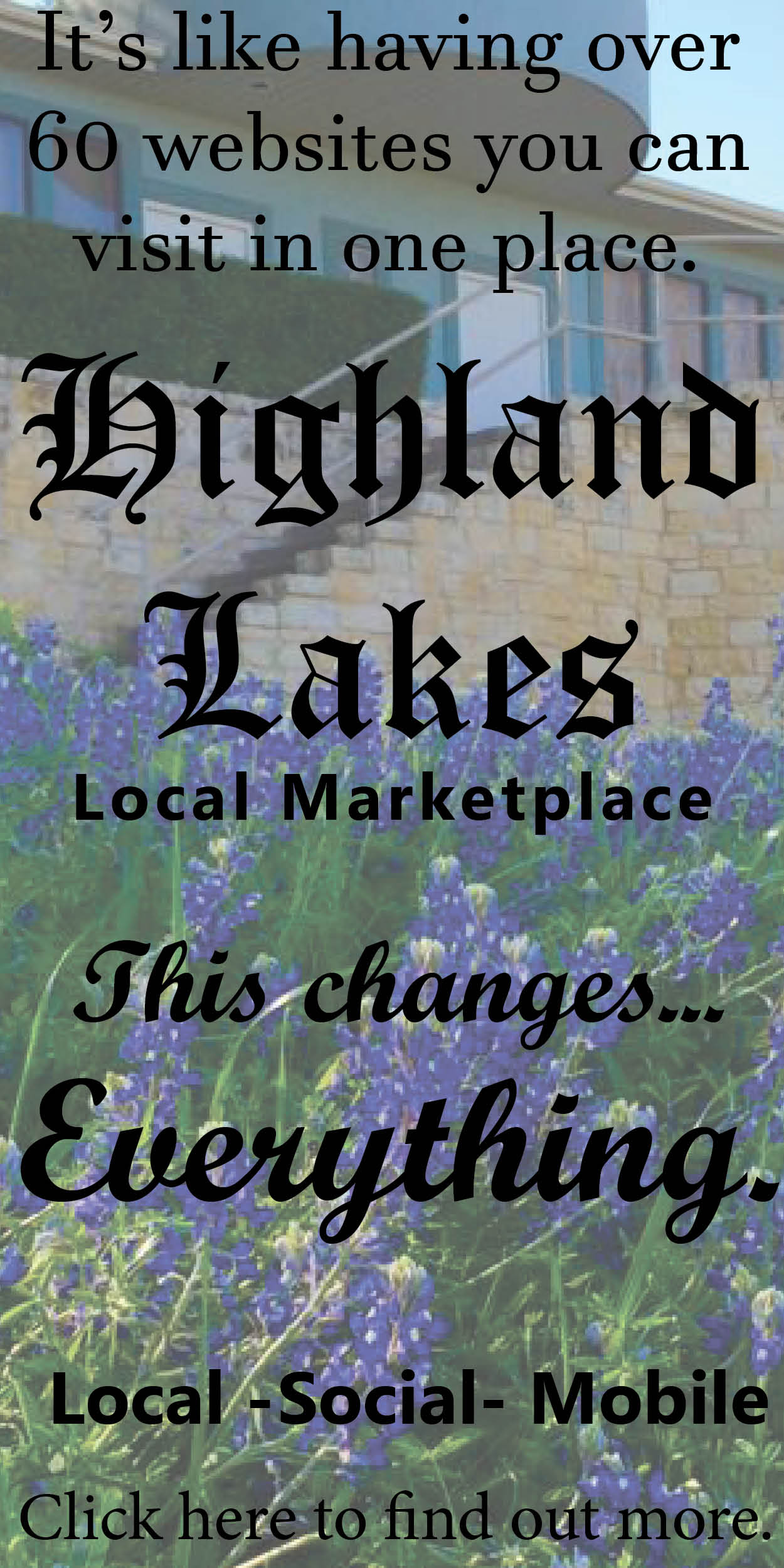Disaster preparedness starts by identifying risks

Pat Williams Moore is unique in the disaster recovery and business/service resumption industry. She has been a pioneer since 1982 helping to drive the disaster recovery industry beyond the emergency response phase, and data-center-information technology recovery side into the organization-wide/enterprise-wide full recovery and continuity of operations strategic planning and implementation for businesses, institutions and communities. Moore is a Certified Disaster Recovery Professional and a Fellow of the Business Continuity Institute, and FEMA's National Business Person of the Year.
Editor's Note: The following is the first in an ongoing series of columns covering disaster preparedness and disaster recovery topics from Pat Moore, one of the country's leading disaster recovery educators who lives in Marble Falls.
By Pat Moore
Reprinted with permission
As Hurricane Harvey moves its treacherous path northward from its initial landfall on our southern Texas coast leaving total property devastation, loss of human life, as well as loss of animal life in Rockport, Corpus Christi, Port Aransas, Houston, Beaumont and Port Arthur (areas which are still almost completely underwater), those of us who live in our beloved Highland Lakes Hill Country area have basically been spared, to some degree from the horrific situations people in those areas are facing, and will be for a long time to come.
Many of us may be thinking “There, but for the grace of God, go I.”
Along with that thinking, there has to the realization that disaster preparedness planning and its success, is not something only outside entities such as FEMA, the American Red Cross, Police, EMS, CERT, National Guard, and other formal outside public and private groups such as church disaster teams, VOAD (Voluntary Organizations Active in Disasters) etc. should be responsible for.
It is you and I as individuals, with or without families to protect, who must be diligent and current with our pre-loss planning for post-loss recovery efforts such as natural disasters, man-made disasters, technological disasters, systemic and operational disasters, hazardous material, environmental and ecological disasters including pandemic and avian flu disasters, as well as the possibility of domestic and international terrorism which are are always just around the corner in today's world.
How prepared are you, as an individual, with or without a family, prepared to deal with the “unexpected” disaster situation that might affect you, and /or your family or your business, and to what “degree” are you prepared?
Disaster recovery goes way beyond managing the disastrous situation that has occurred. It starts with identifying the risks you may face and performing a risk management assessment, or a business impact analysis.
Once you have identified those risks, such as do you live or do business in a “flood” or “earthquake” zone? Your Risk Management Plan would then address those risk issues and identify solutions such as moving out of that zone or purchasing the necessary insurance for that situation, or looking at "preparing" to deal with that risk.
Public agencies refer to this phase as “disaster mitigation” or the preparedness stage and putting into place the resources and personnel and planning steps you will need to deal with that risk or disaster or emergency. Next comes the emergency management and recovery and restoration or rebuilding phase.
However, beyond this is an especially important phase called “continuity of operations planning” phase. Within this phase you will be dealing with issues such as possibly having to relocate, reducing your business interruption due to possible loss of clientele because you have moved or can no longer provide the services they need in the timely manner they need.
Your competitors will be happy to take on your customers during this difficult recovery time for you, and you may not be able to win them back. Also in this phase you will possibly dealing with elderly or medically disabled family members needs.
All of these phases refer to “disaster resilience.” How “disaster resilient” are you? When we start understanding and learning what actually goes into “disaster recovery planning,” we come to the realization that we can actually use one disaster recovery plan for the many types of disasters as long as we have the basic information we need for the risks we have identified that we may face, and most importantly that we keep that plan updated in every way.
Planning for a flood disaster means you must address many issues beyond just the possible evacuation relocation, and safety issues. These include salvaging vital records, both hard copy documents as well as data, electronic equipment, valuable art work, original signature documents, etc.
With major water damage, vital records and other contents can become a total loss very quickly. For example, chilled-water systems in facilities often contain glycol, which can adversely affect certain types of paper and magnetic media. Different types of documents, photographs and vellum items, as well as magnetic media need immediate and extra special care.
In dealing with paper in moist, humid conditions, you have about 48 hours before damage-inducing mold and mildew grow, so you can well see what kind of damage Hurricane Harvey has already done to paper, bound volumes and magnetic media.
Vital Records Recovery, Magnetic Media Recovery, Electronics Recovery, Structural Facility Recovery, Disaster Recovery Needs of Disabled Adults and Children, Preparing for Our Pet's /Livestock Recovery, Fine Art Recovery, Safety Measures in Disaster Recovery, Family Planning Needs In A Disaster, Assembling a Disaster Supplies Kit are only a few of the disaster recovery planning topics that will be covered in later columns.






